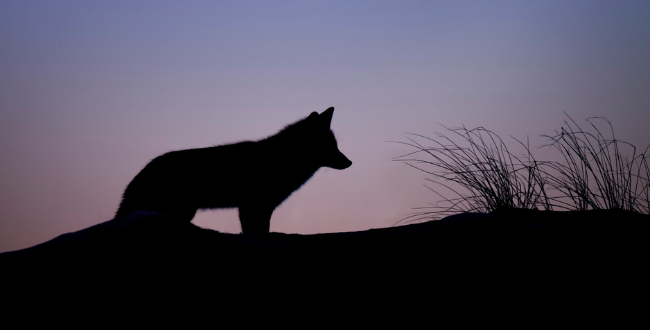Blog
Subscribe
Join over 5,000 people who receive the Anecdotally newsletter—and receive our free ebook Character Trumps Credentials.
Categories
- Anecdotes
- Business storytelling
- Collaboration
- Communication
- Corporate Storytelling
- Culture
- Decision-making
- Employee Engagement
- Events
- Fun
- Insight
- Leadership Posts
- News
- Podcast
- Selling
- Strategy
Archives
- April 2024
- March 2024
- December 2023
- November 2023
- October 2023
- September 2023
- August 2023
- July 2023
- June 2023
- May 2023
Years
132 – Wolves, cane toads and tubby ships
Filed in Anecdotes, Business storytelling, Corporate Storytelling, Podcast
Podcast: Play in new window | Download
Subscribe: Apple Podcasts | Spotify | RSS
What impact does your leadership have on your organisation? Listen to hear what lessons the reintroduction of a species into an ecosystem can offer business.
This week, Shawn shares a scientific story. It’s a visual story that you’ll be able to picture in your mind’s eye. And it follows the reintroduction of wolves into the world’s oldest national park—Yellowstone National Park.
There are numerous examples of humans removing species from particular ecosystems and witnessing impacts. There is only a handful like the one in this episode—of placing a species put back into an ecosystem and seeing a ripple effect of impact.
If you’re new to Anecdotally Speaking, you’ve joined us at the perfect time! Shawn and Mark start this episode by recapping our episode structure. Each week, Shawn and Mark take turns to share a story that you can add to your story repertoire. They discuss what they like about it, how it could be improved and, most importantly, how you can use it in a business context. They then wrap things up by rating the story out of ten.
This week’s story gets a rare 9/10 from Mark and a strong 8.5/10 from Shawn!
For your storybank
Tags: action, big picture, connections, consequences, leadership, future
This story starts at 02:26
Yellowstone National Park was established in 1872. In the 19th and 20th centuries, its wolf population was hunted to eradication—the last wolf sighting occurred in 1926.
About seventy years later, the park’s elk population exploded. The animals grazed in valleys and soon destroyed most plant life in those areas, degrading the entire ecosystem.
In 1995, park rangers decided they needed to reintroduce wolves to the area. So, they moved eight wolves from a national park in Canada to Yellowstone. In 1996, they expanded the population to some 30 wolves.
Wolves are apex predators—scavengers who will often wait until an animal is weak to attempt to kill them. The Yellowstone population didn’t kill many elk, but they changed their behaviour.
As soon as the wolves appeared, the elk stopped hanging in the valleys in large numbers. Instead, they took to the ridges and hid in the forest in small groups.
With the elk dispersed, the valleys gradually regenerated. In one area, tree height increased by 500 per cent over just six years. Birds started to come back.
The beaver population, which had shrunk, grew for the first time in years. Their actions formed ponds and invited otters, ducks and other species back to the area.
The wolves also killed coyotes, allowing smaller mammals to return, like rabbits and mice. And with them came eagles, foxes and weasels.
The regeneration in the valleys also stabilised the behaviour of Yellowstone’s waterways. As vegetation spanned to the water’s edge, the rivers were confined. They could no longer freely erode the land around them.
Over the last 20 to 25 years, the wolf population has stabilised. The Yellowstone National Park is now home to some 80 to 100 wolves, which belong to nine different packs.
About Anecdote International
Anecdote International is a global training and consulting company, specialising in utilising storytelling to bring humanity back to the workforce. Anecdote is now unique in having a global network of over 60 partners in 28 countries, with their learning programs translated into 11 languages, and customers who incorporate these programs into their leadership and sales enablement activities.
